Reflection
Color calibraion card_sea
Scar
autumn ocean
Evergreen apartment_Saehyun's drawing_01
Family photo
birthday
palm tree pattern
One afternoon
On the way back to home
BAT
Alien
Paper boat
Grandma's Hon-su (marriage article)
Class room
Replica of replica of replica of...
Background paper
Battle ground
Daegu_hide and seek
Dinosaur hunting
Dead bird
The history of family belief
Stage makeup
Son and mother
Rubber boat
Grandparent's room
Summer
Deflate a dinosaur
Daegu_Nozzle check
ID leokim_0906
Eight eyed boy
piggy back
Dongtan_snorkling
Auntie
Dongtan_wearing grandma's costume
Dongtan_dynamite
Quick selection_stamp tool_level_0,1.47,122
Object selection tool_level 189,1,255_2
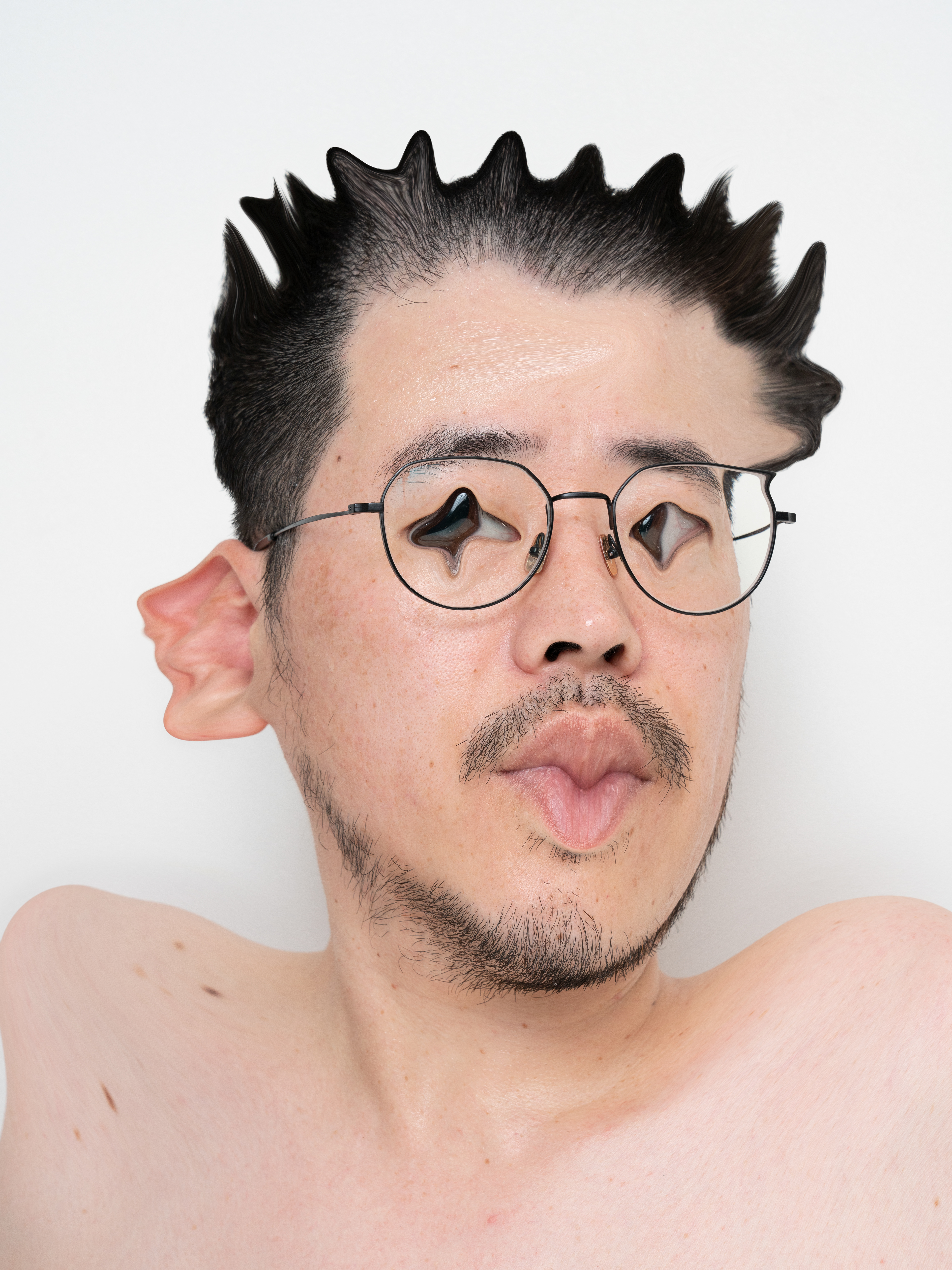
Self portrait manipulated by Saehyun_#1
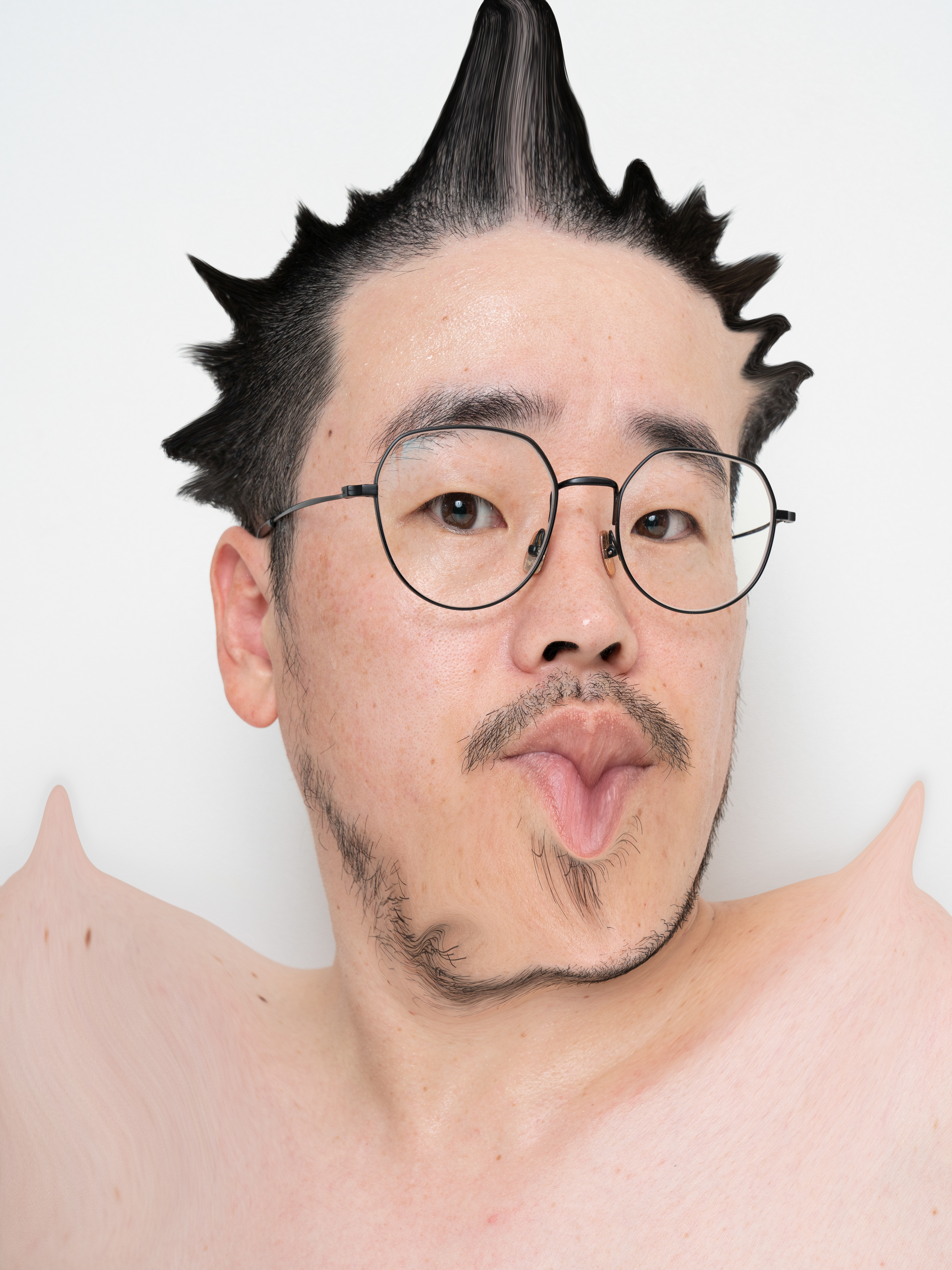
Self portrait manipulated by Saehyun_#2
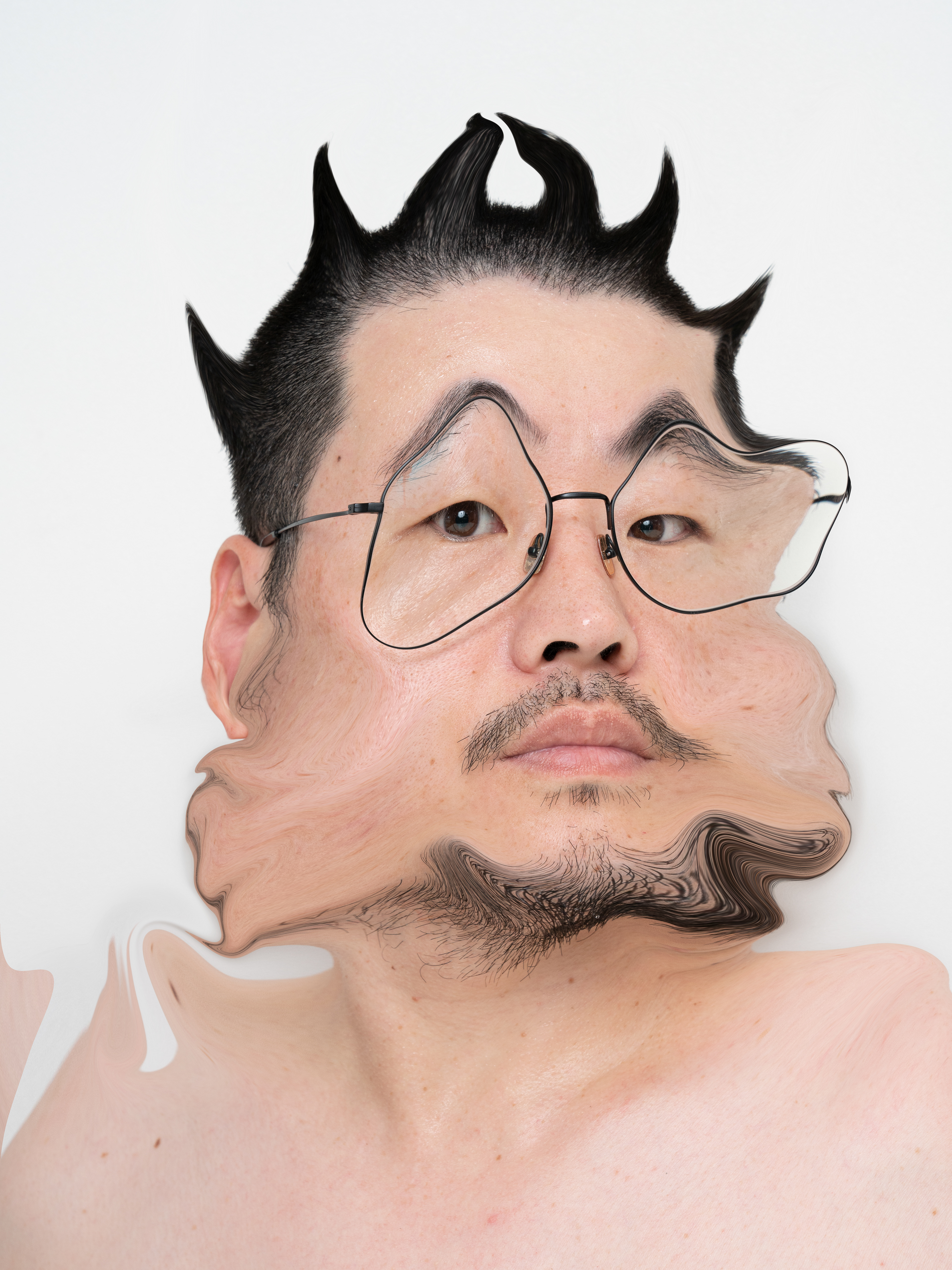
Self portrait manipulated by Saehyun_#3
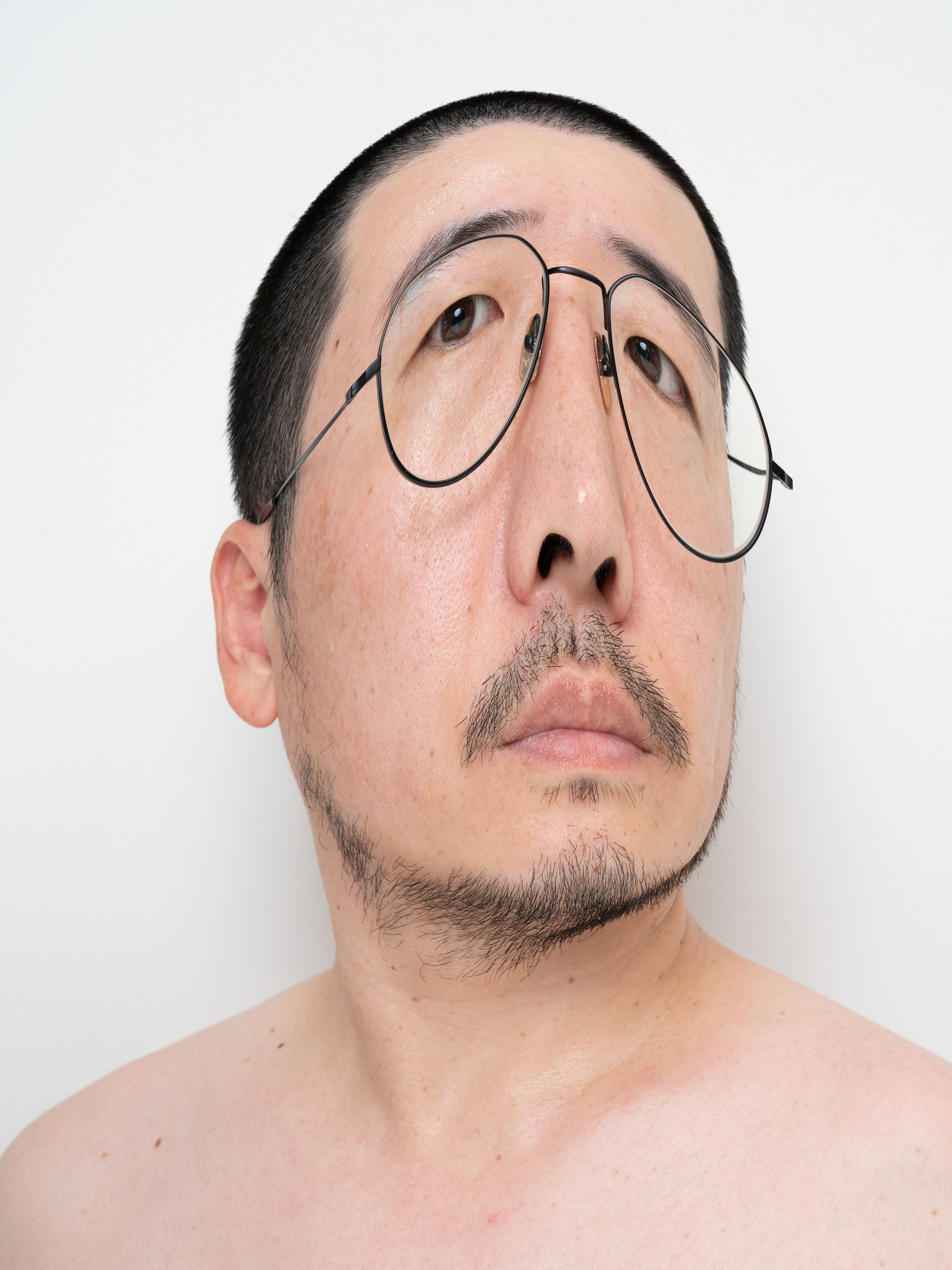
Self portrait manipulated by Saehyun_#4
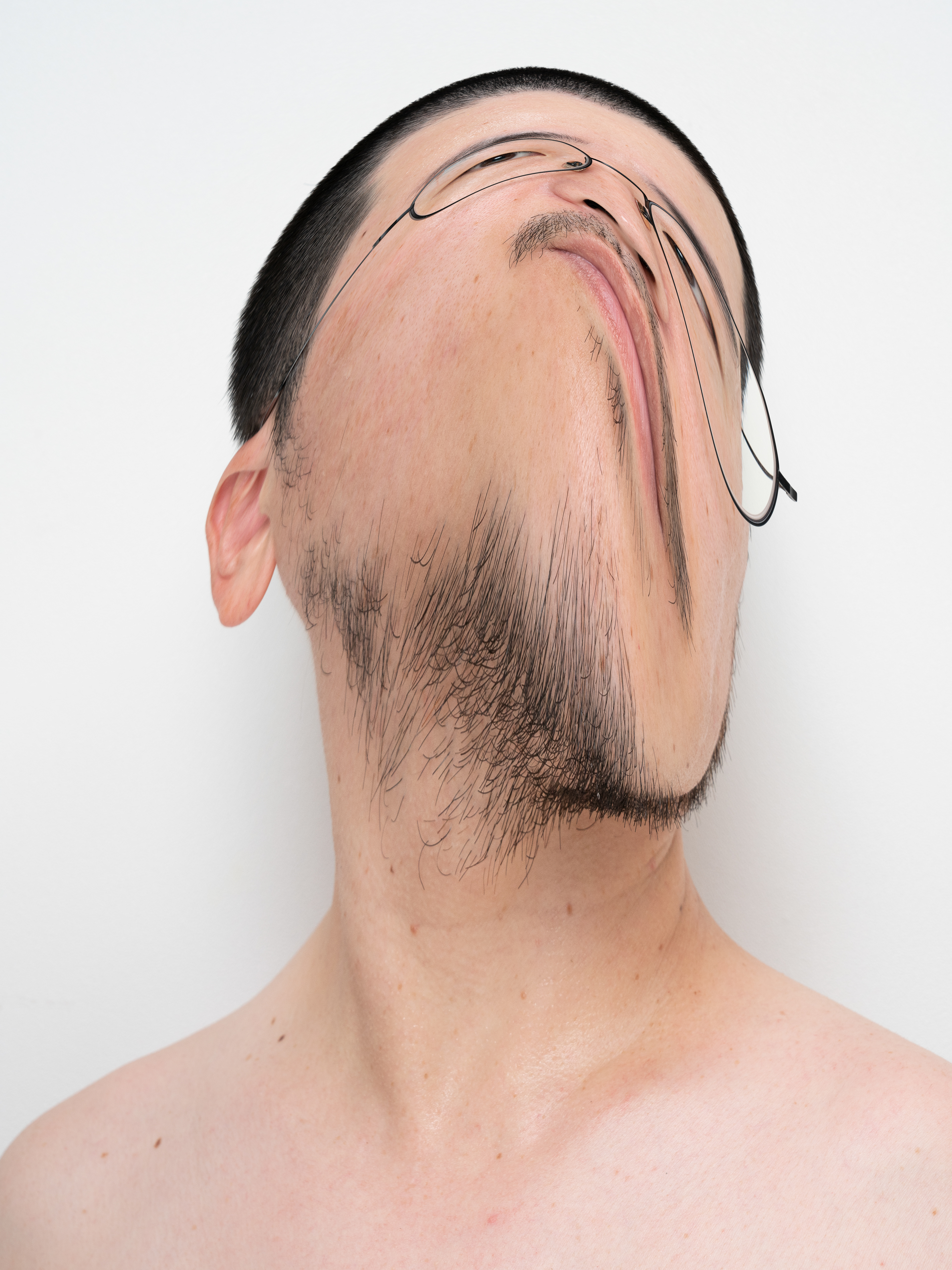
Self portrait manipulated by Saehyun_#5
The history of family belief_great great grandmother
How to disappear in photography_moving quickly
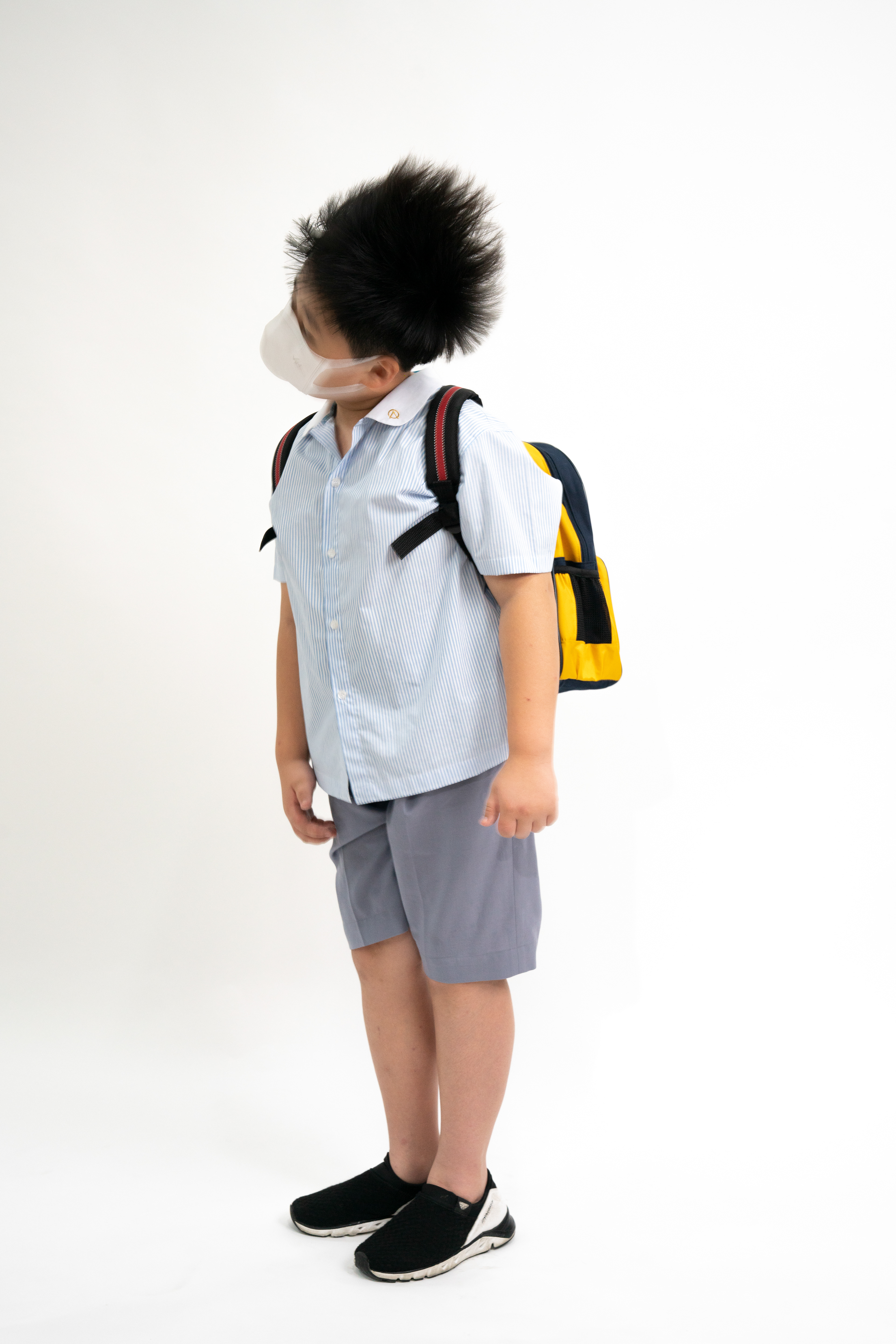
Refusing photographer's pose direction_#1
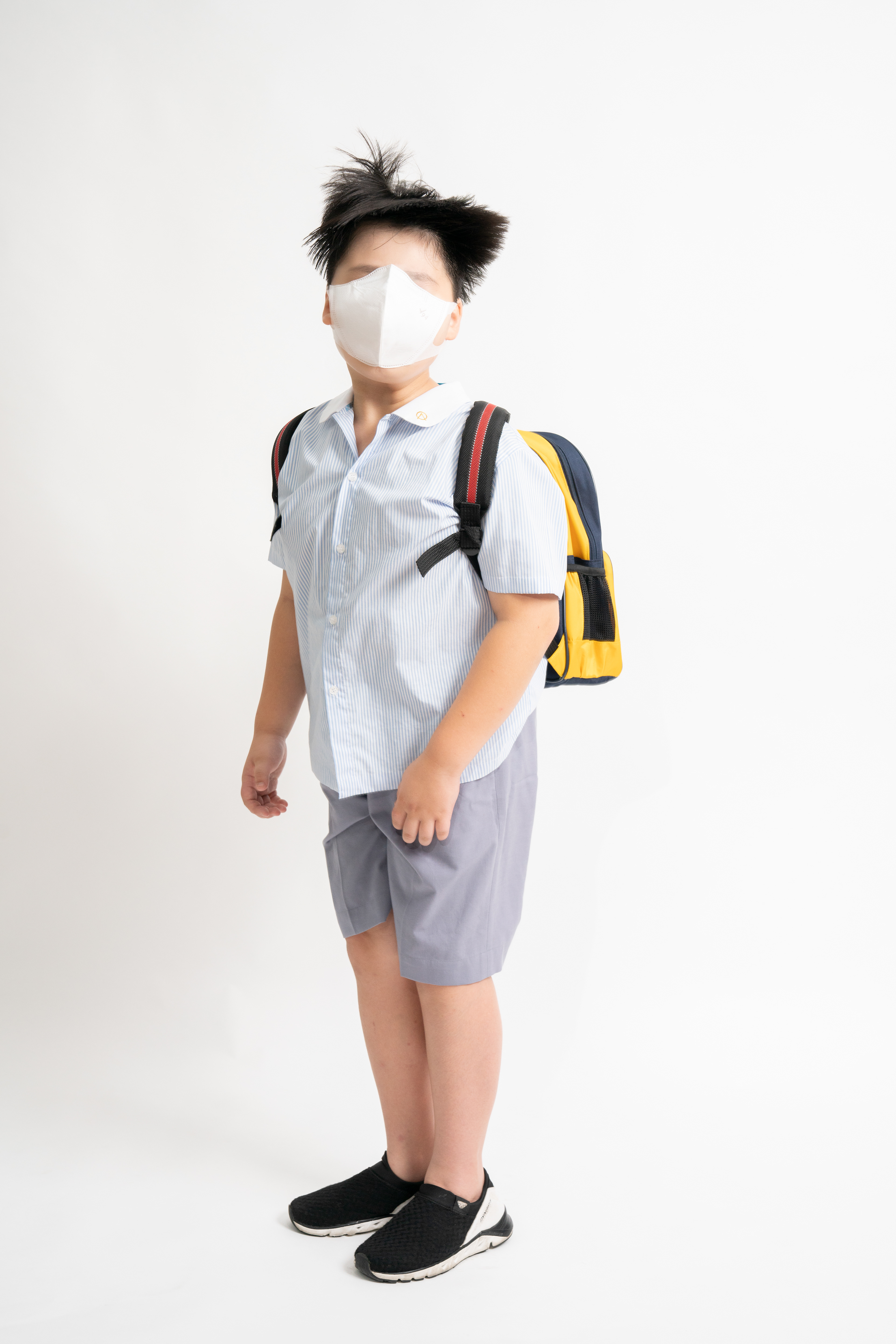
Refusing photographer's pose direction_#2
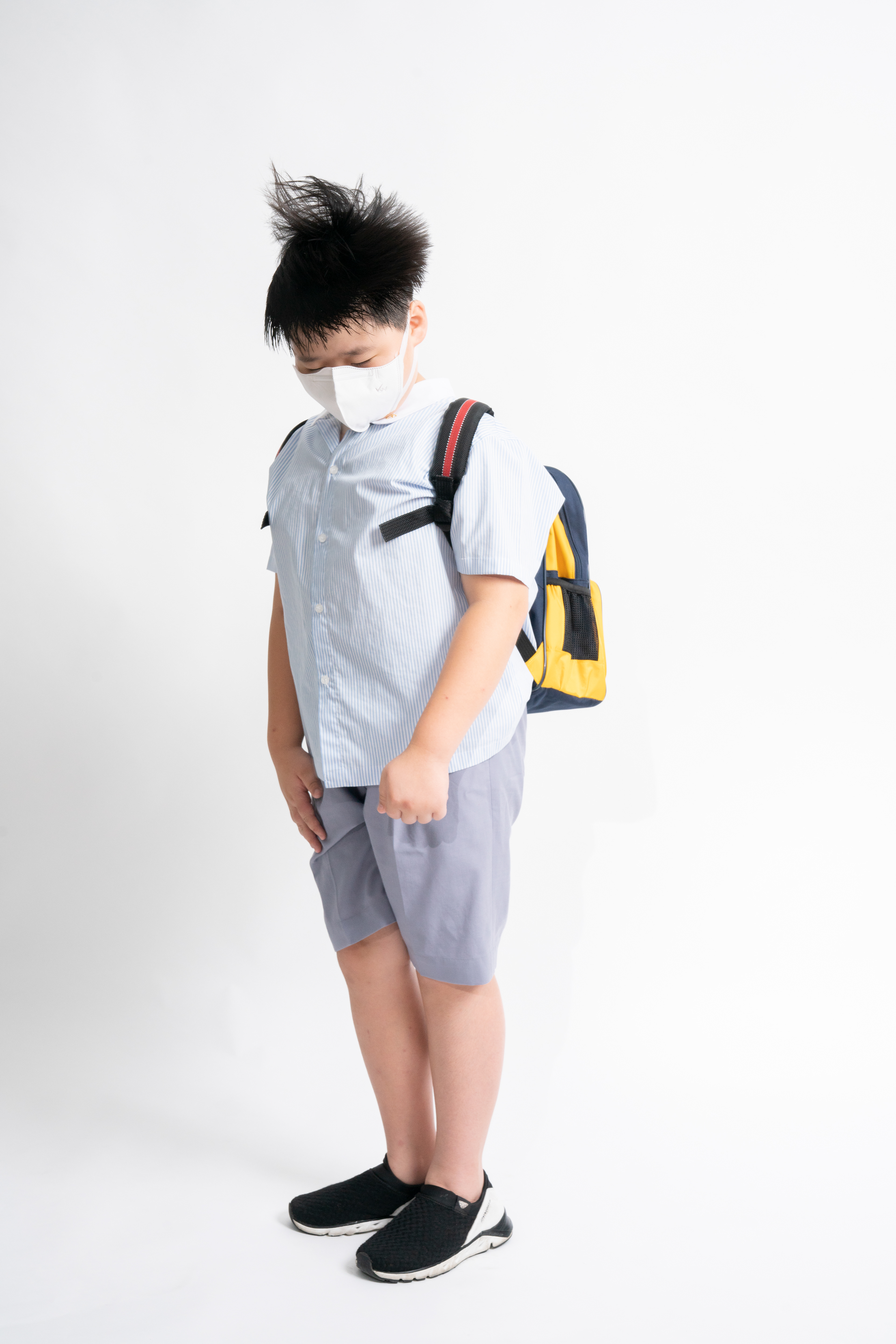
Refusing photographer's pose direction_#3
2021 Changing clothes #1, #2
Two frogs
milk
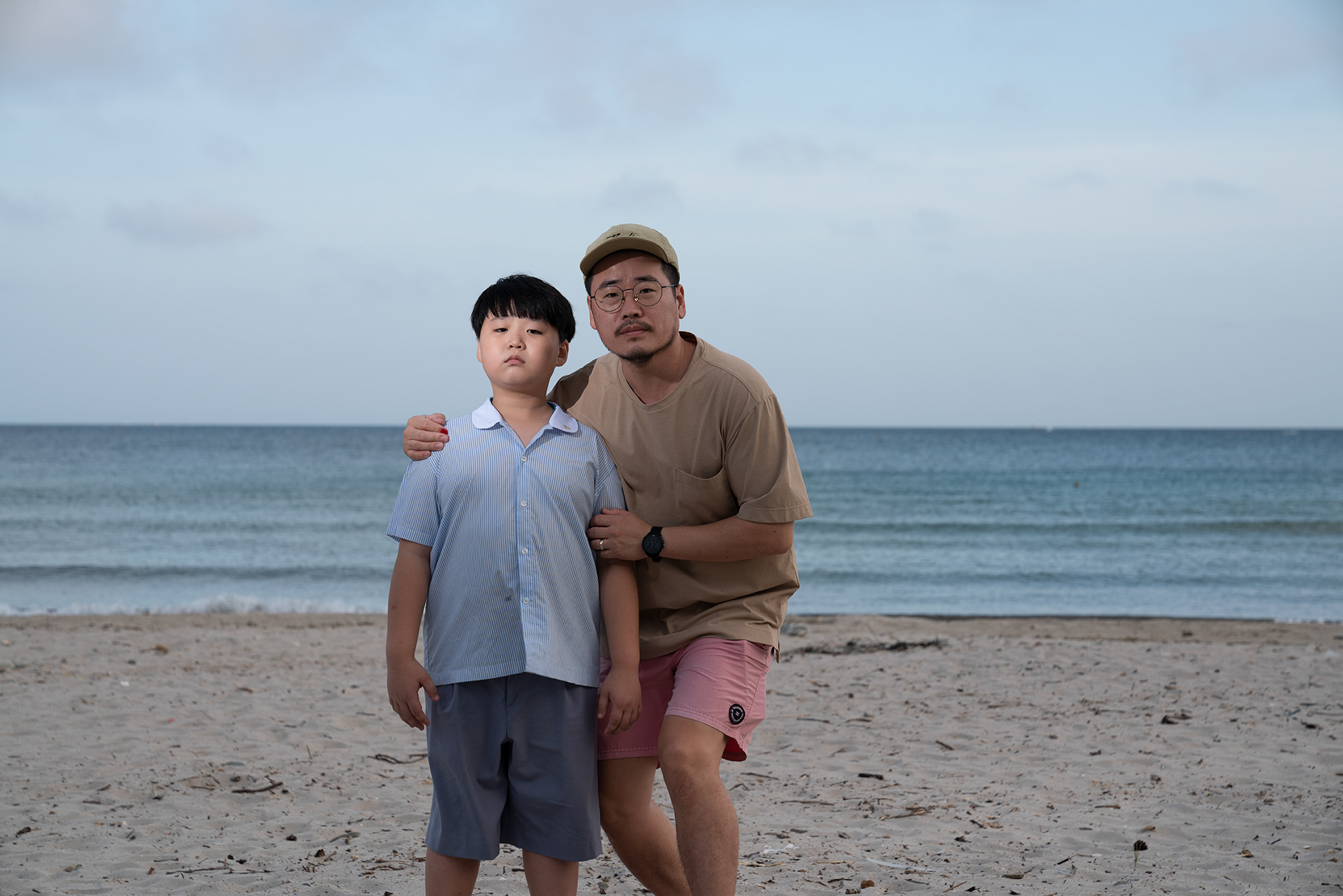
Self timer_I will be gone and he will be stayed_01
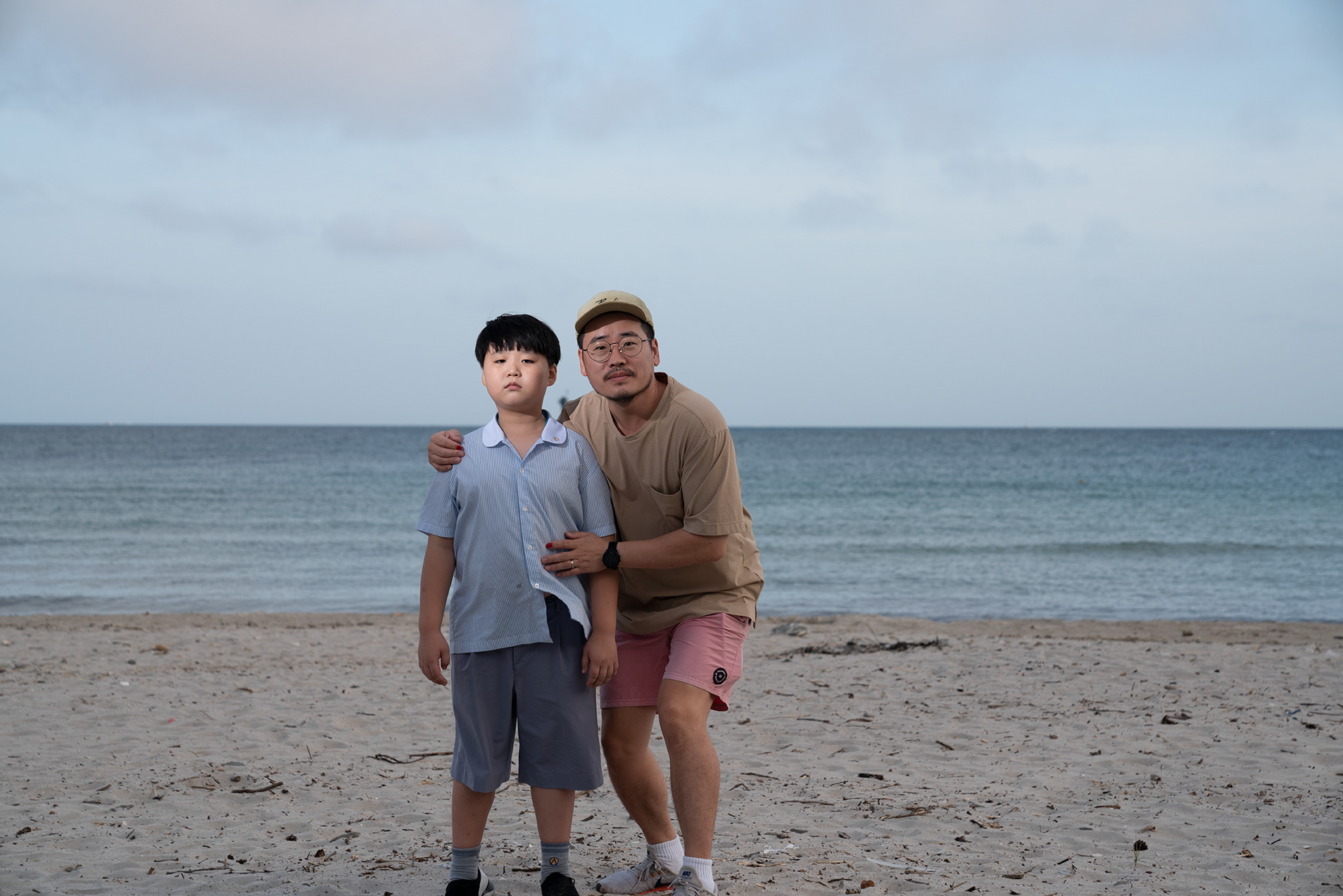
Self timer_I will be gone and he will be stayed_02
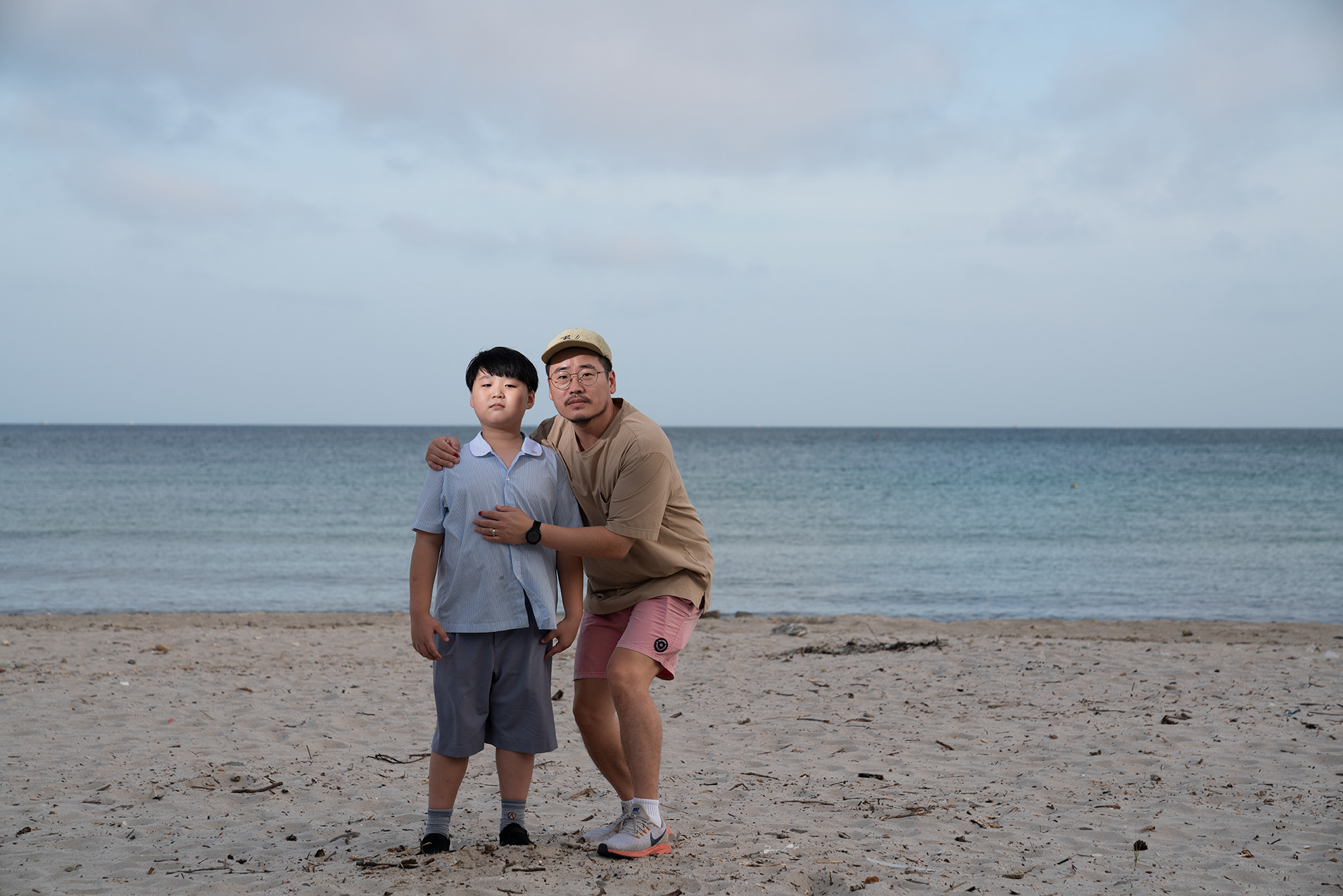
Self timer_I will be gone and he will be stayed_03
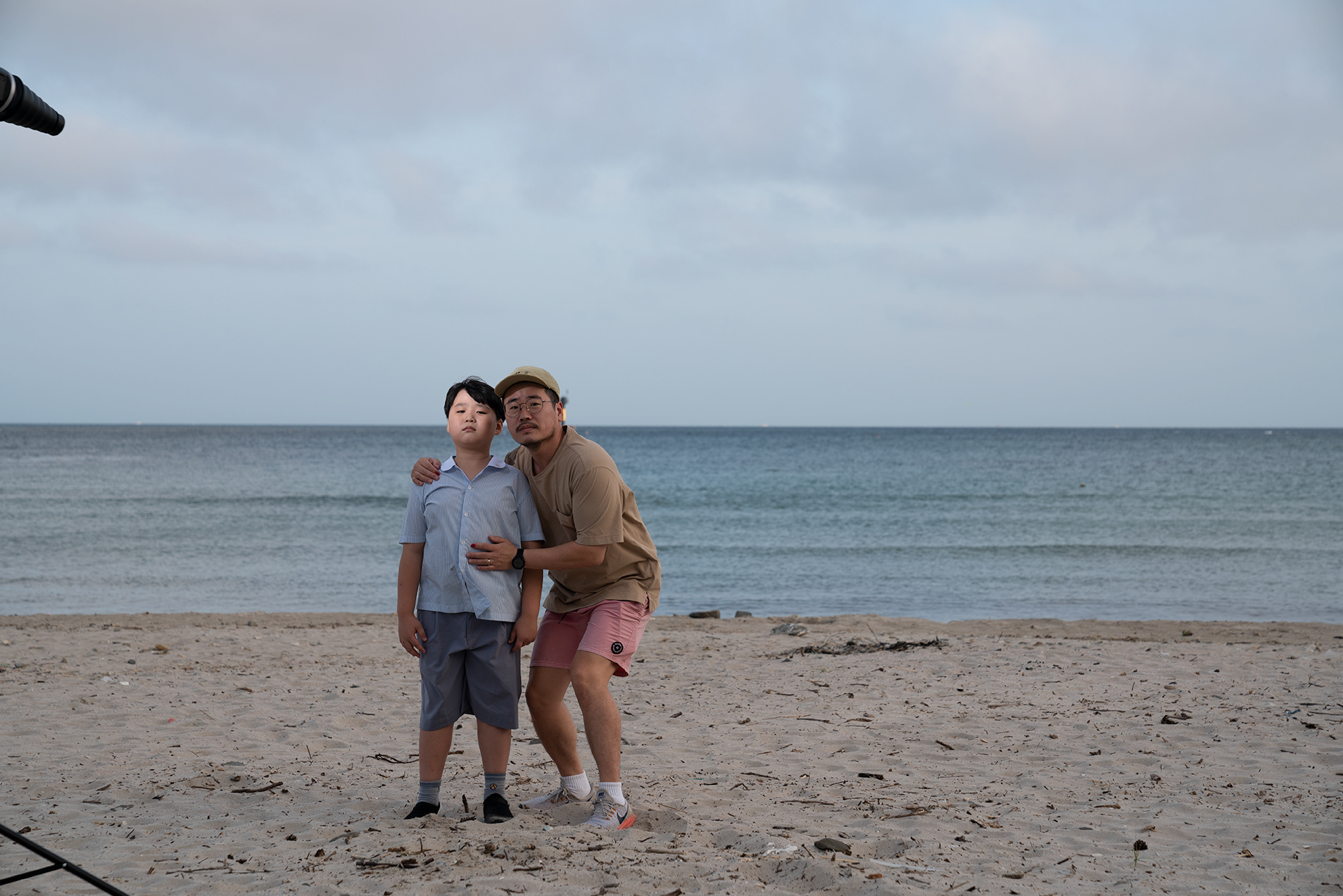
Self timer_I will be gone and he will be stayed_04
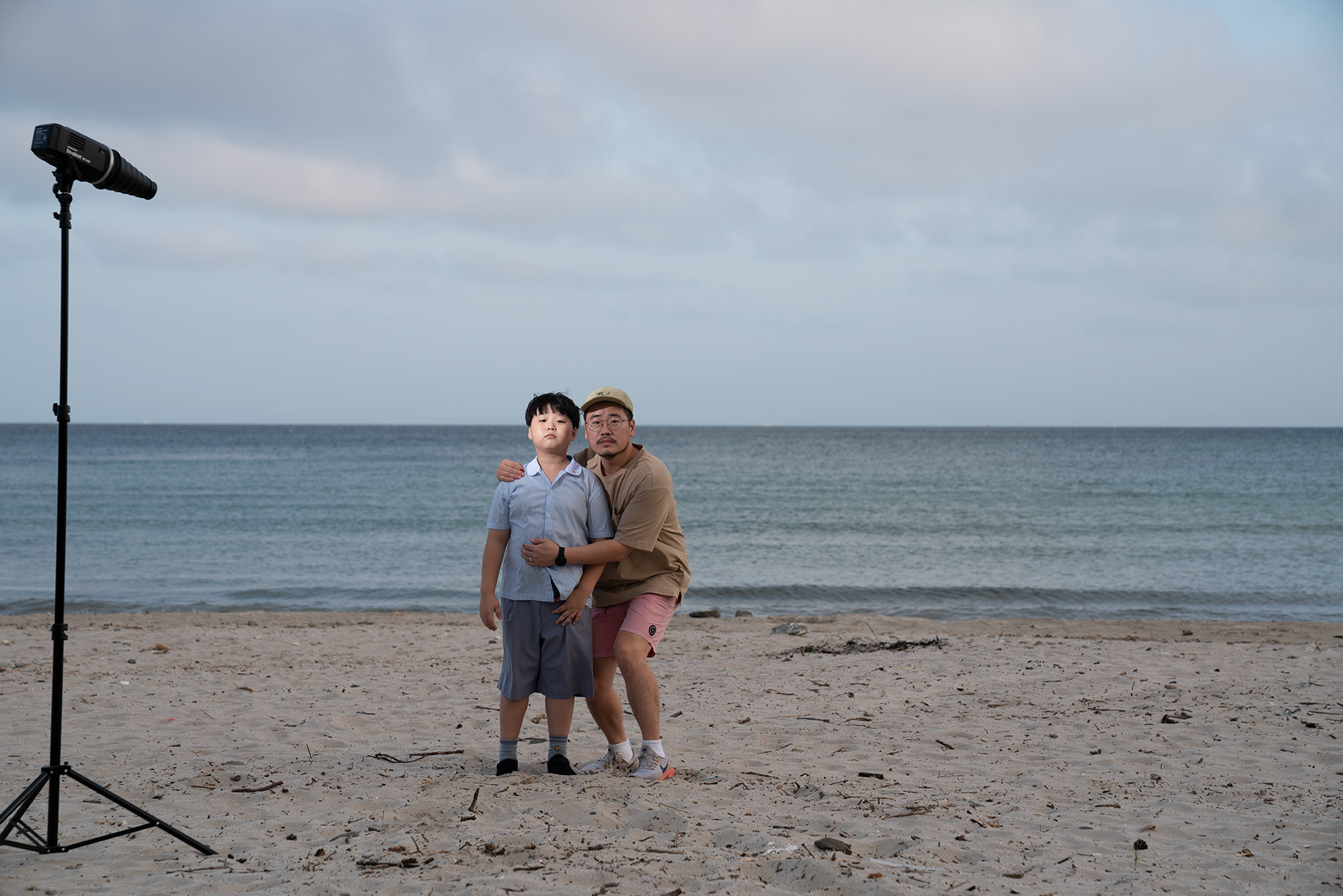
Self timer_I will be gone and he will be stayed_05
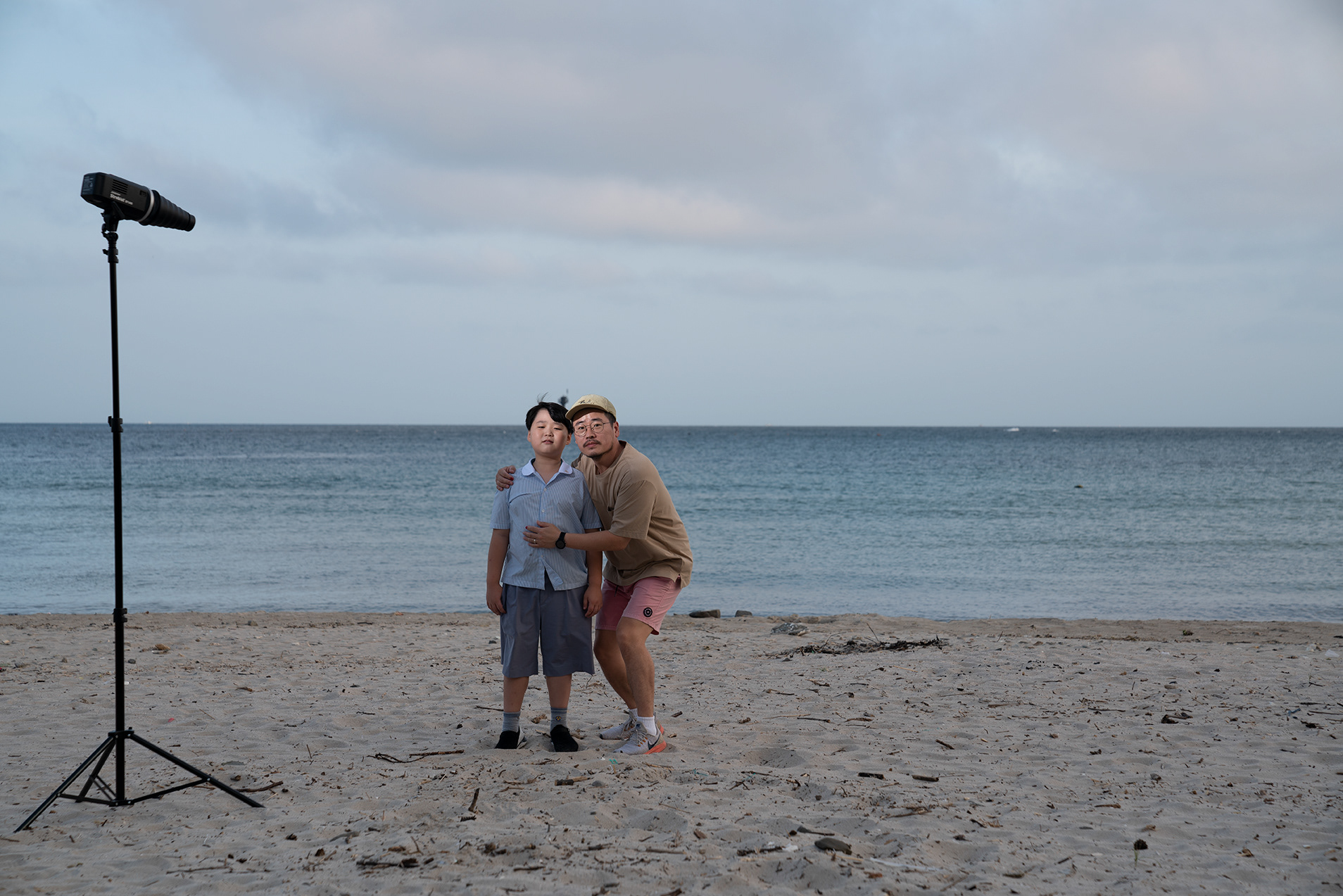
Self timer_I will be gone and he will be stayed_06
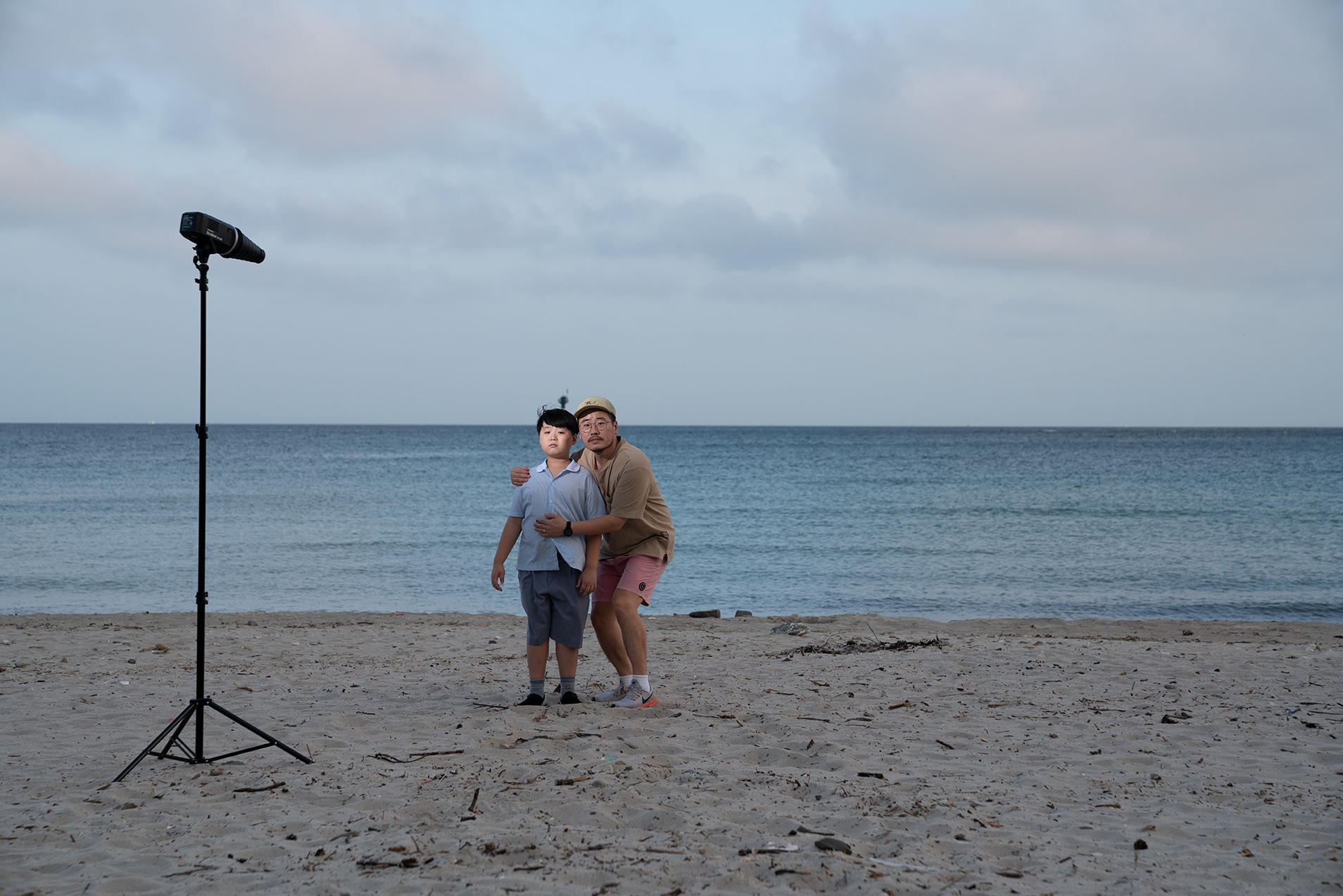
Self timer_I will be gone and he will be stayed_07
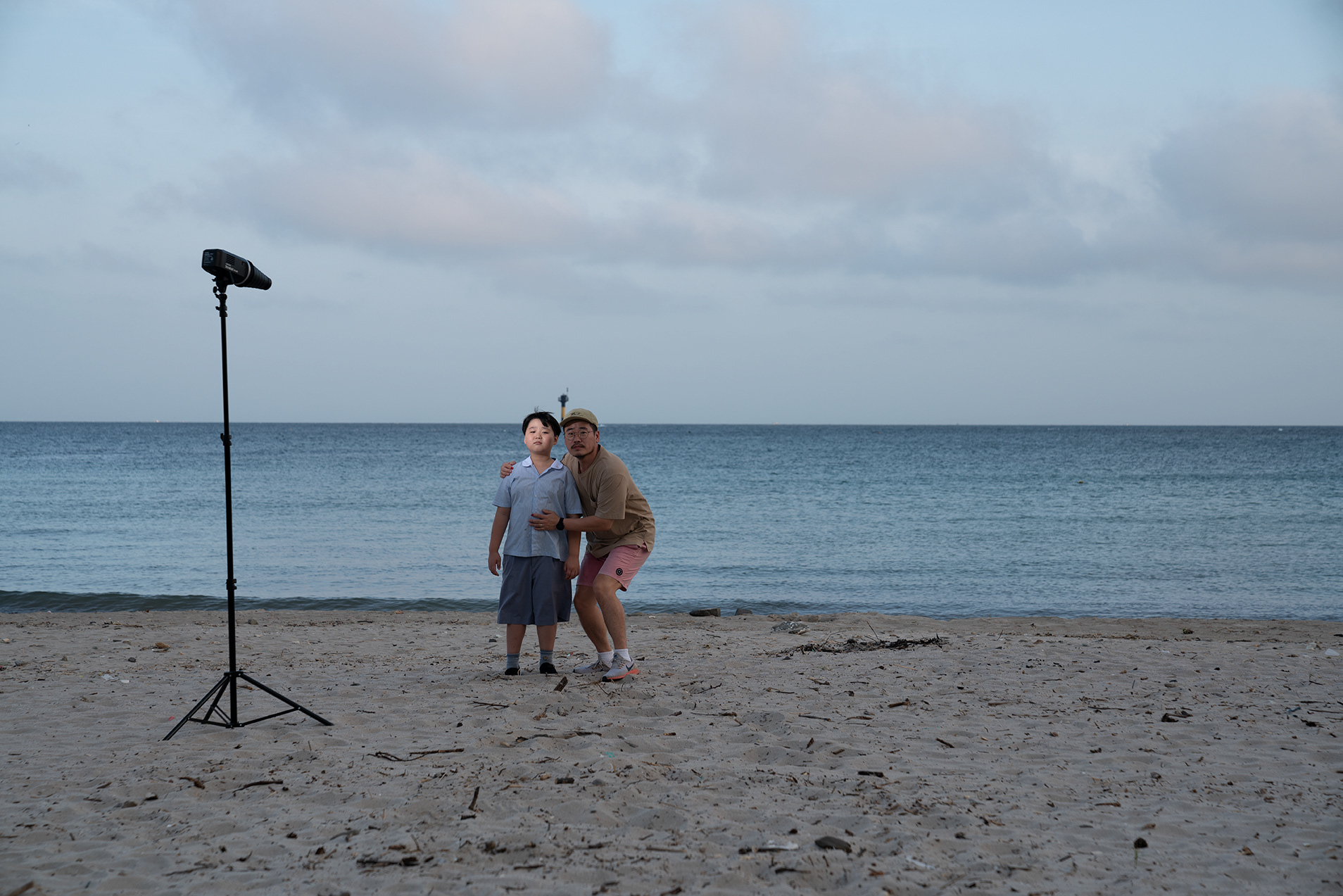
Self timer_I will be gone and he will be stayed_08
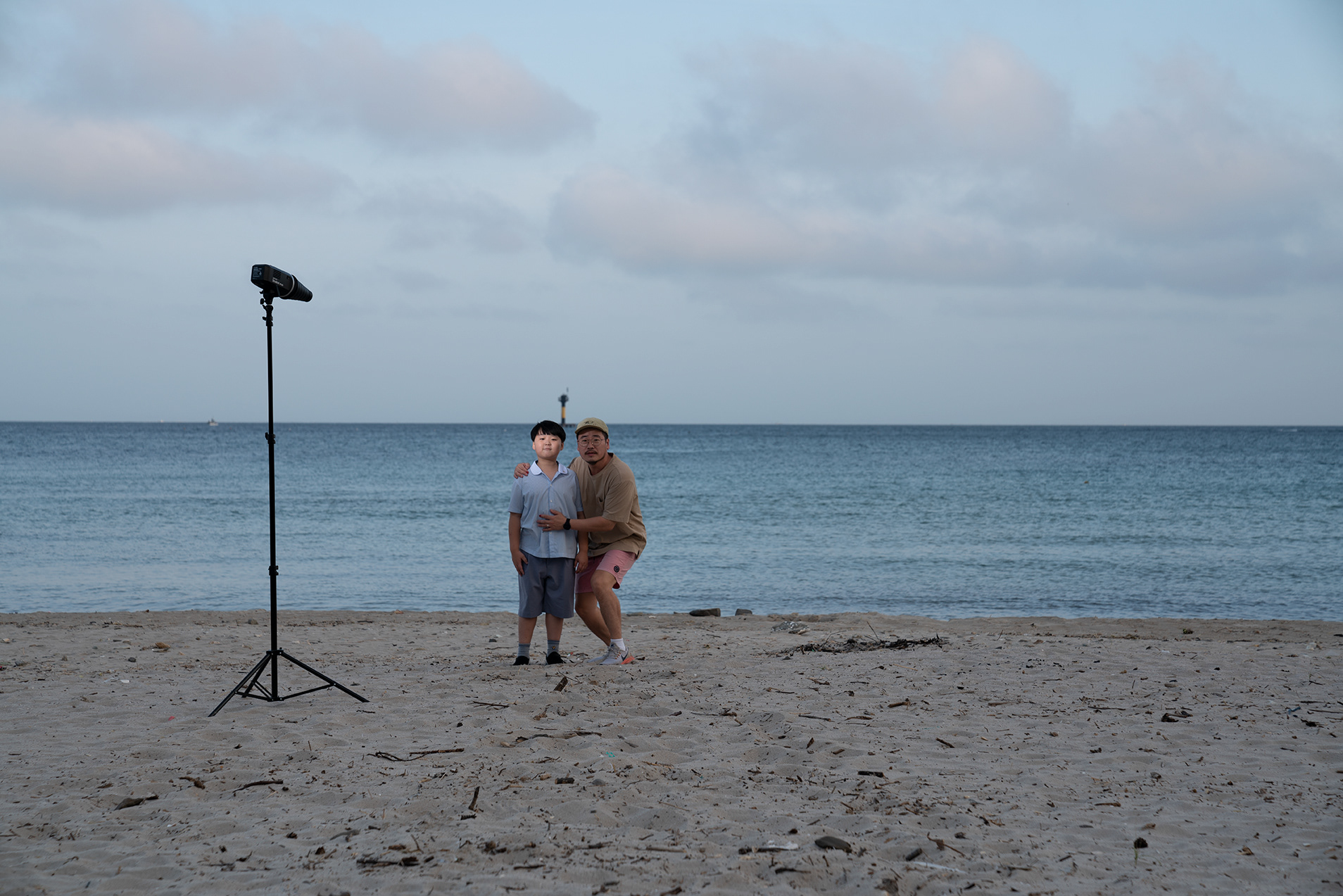
Self timer_I will be gone and he will be stayed_09
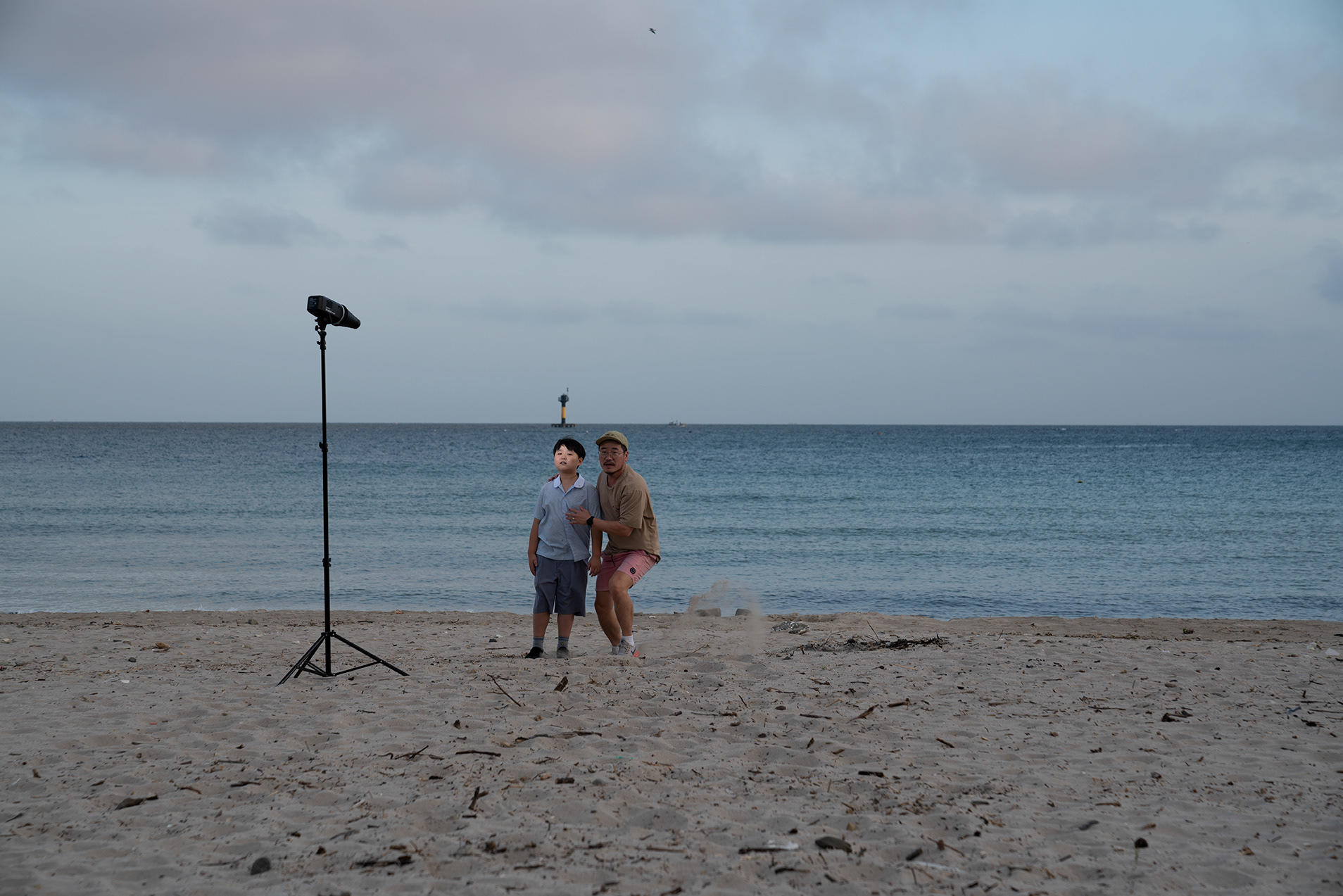
Self timer_I will be gone and he will be stayed_10
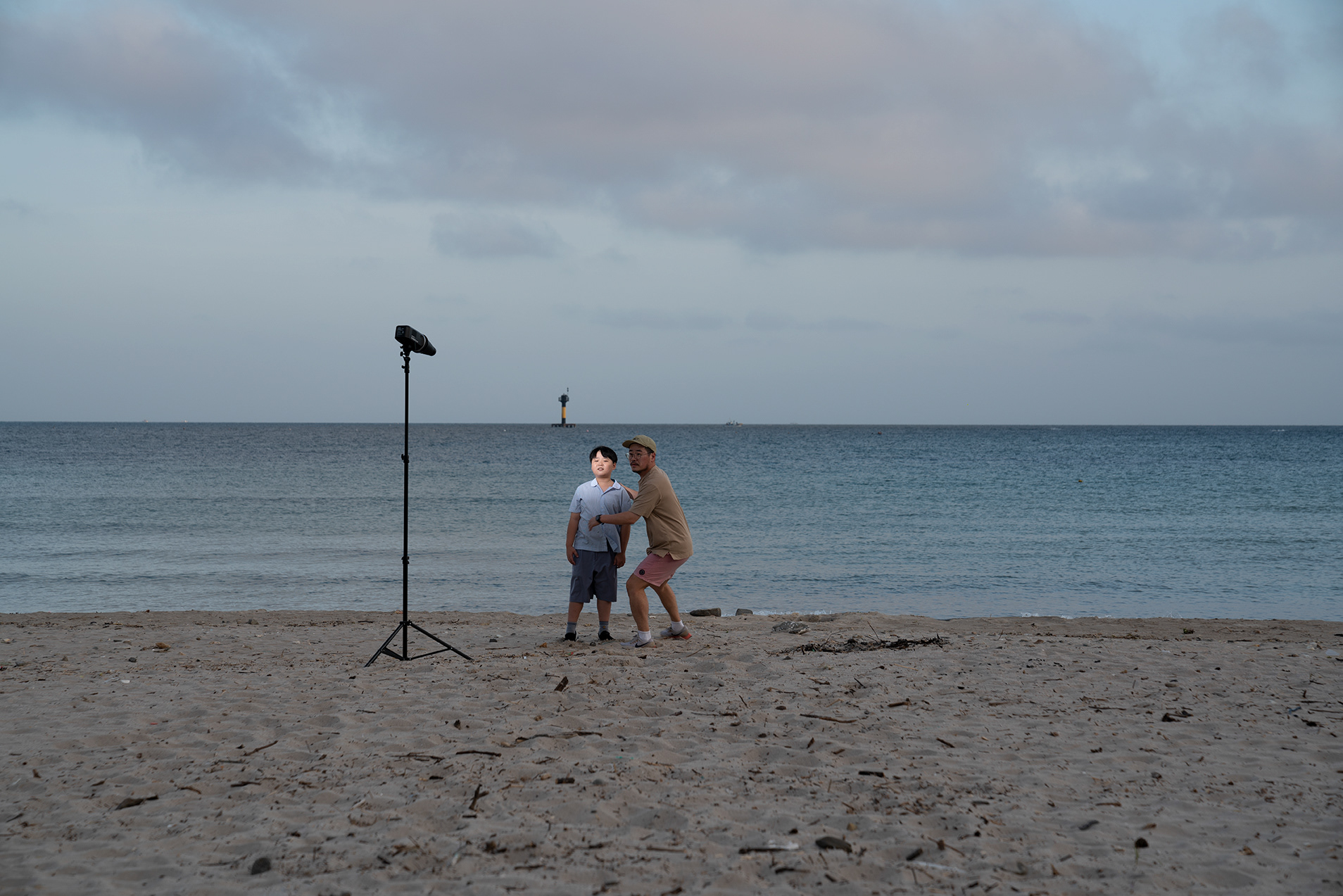
Self timer_I will be gone and he will be stayed_11
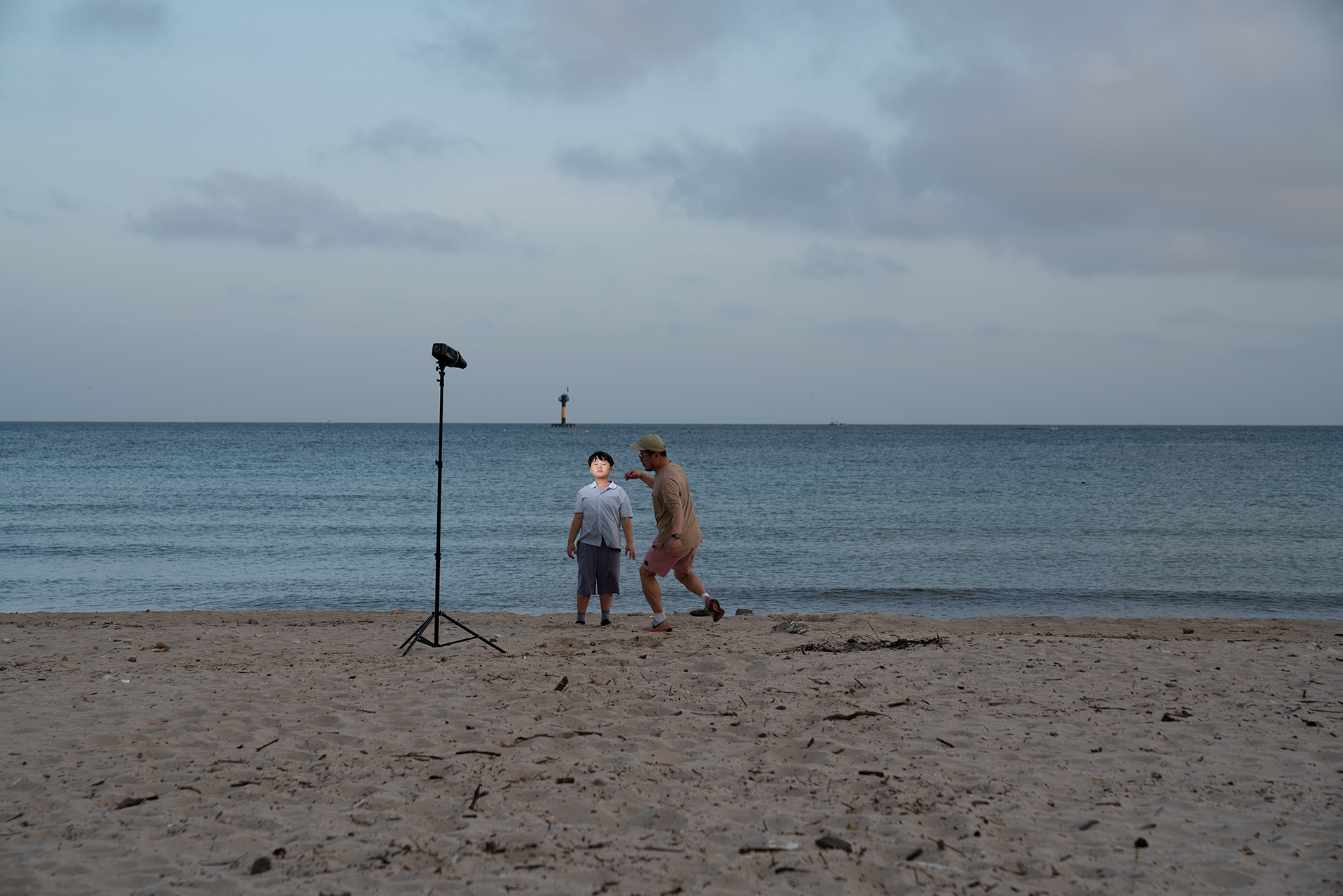
Self timer_I will be gone and he will be stayed_12
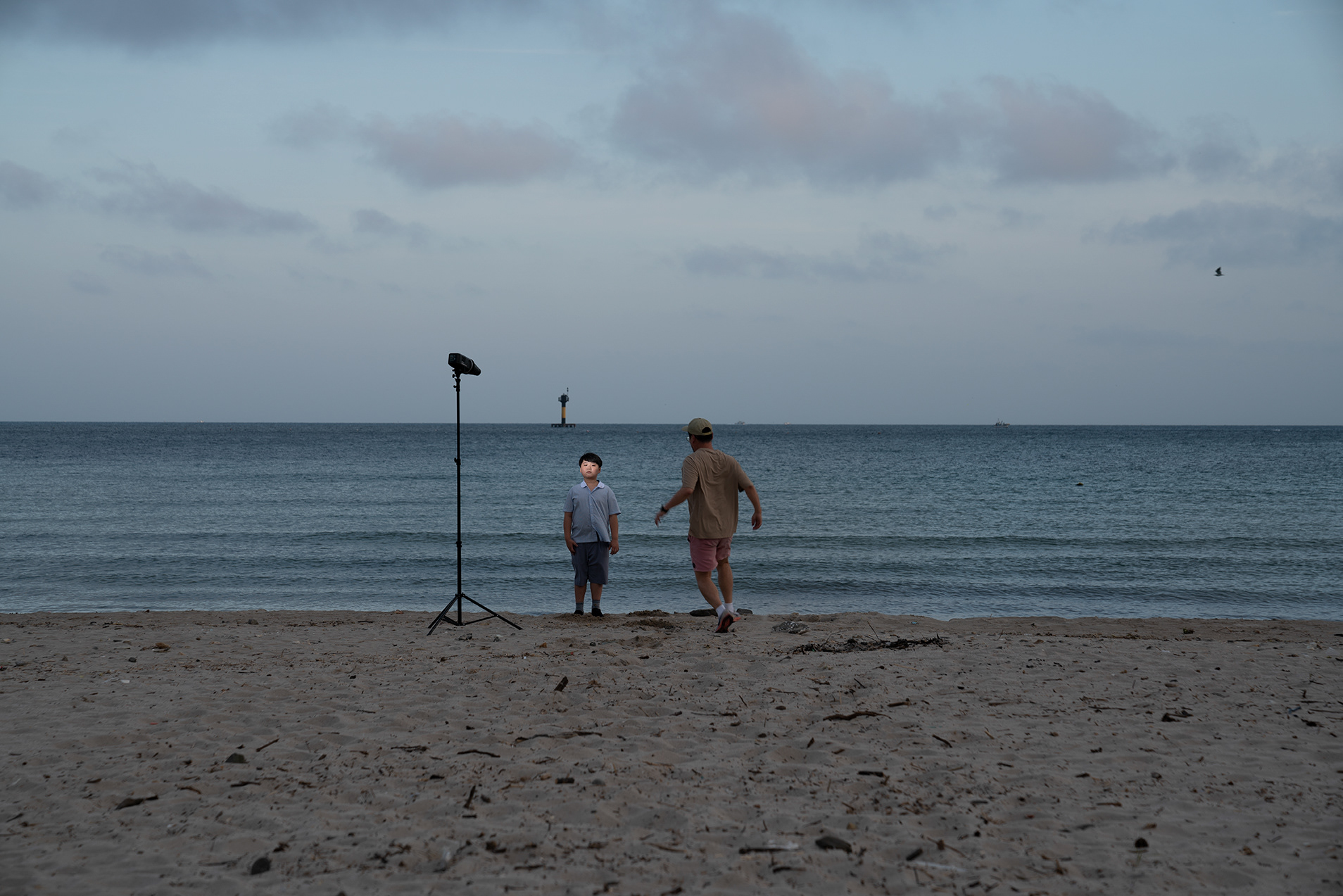
Self timer_I will be gone and he will be stayed_13
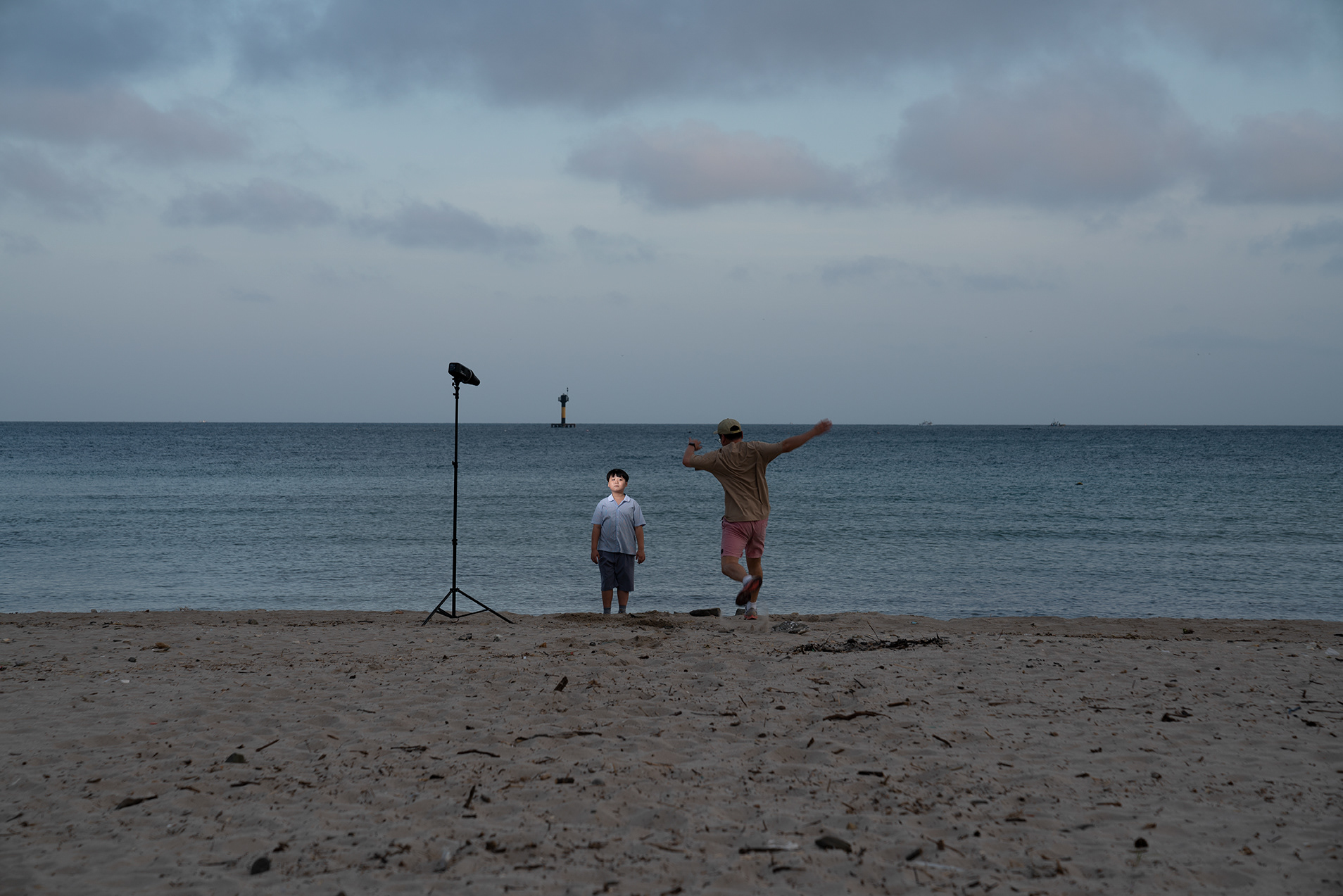
Self timer_I will be gone and he will be stayed_14
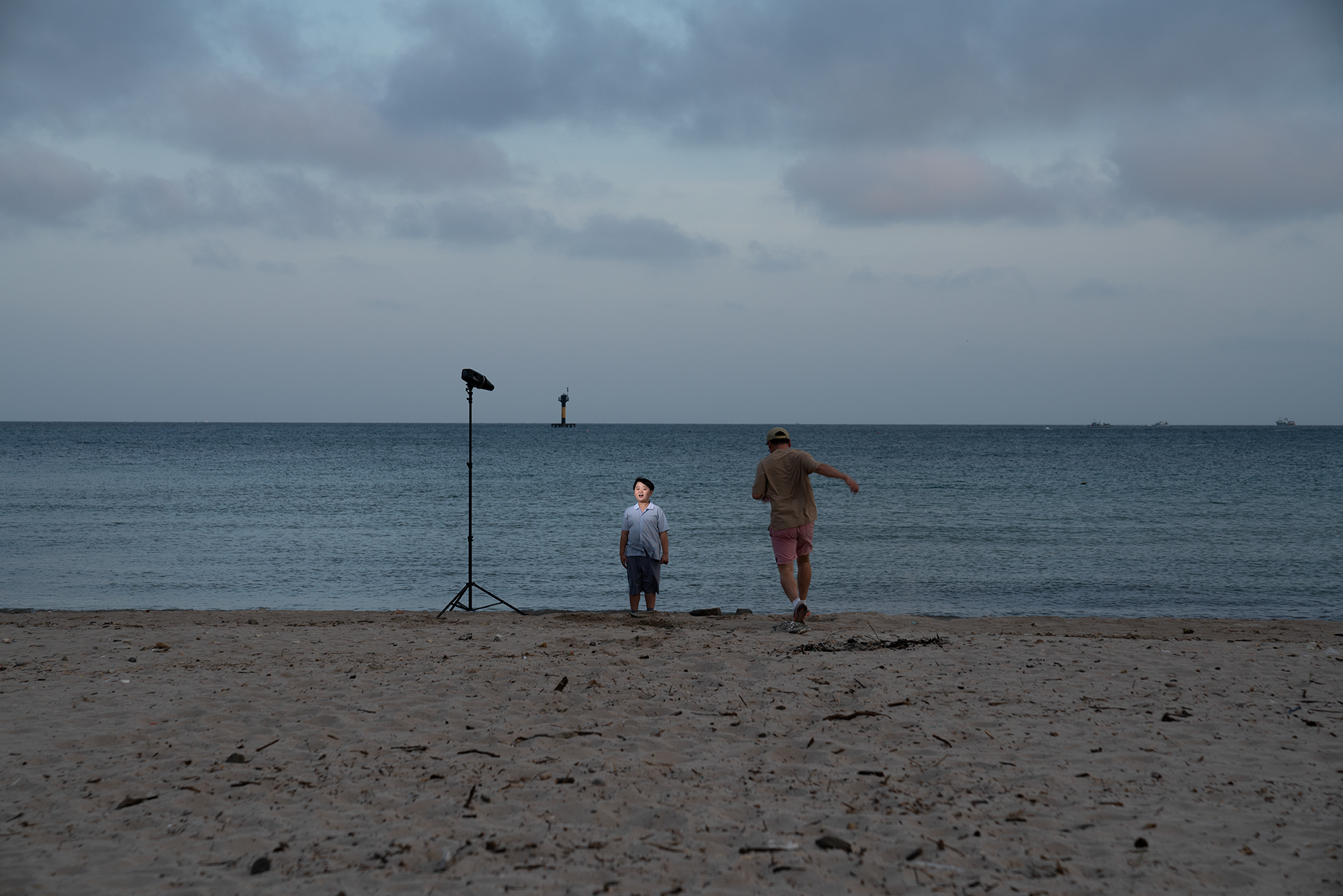
Self timer_I will be gone and he will be stayed_15
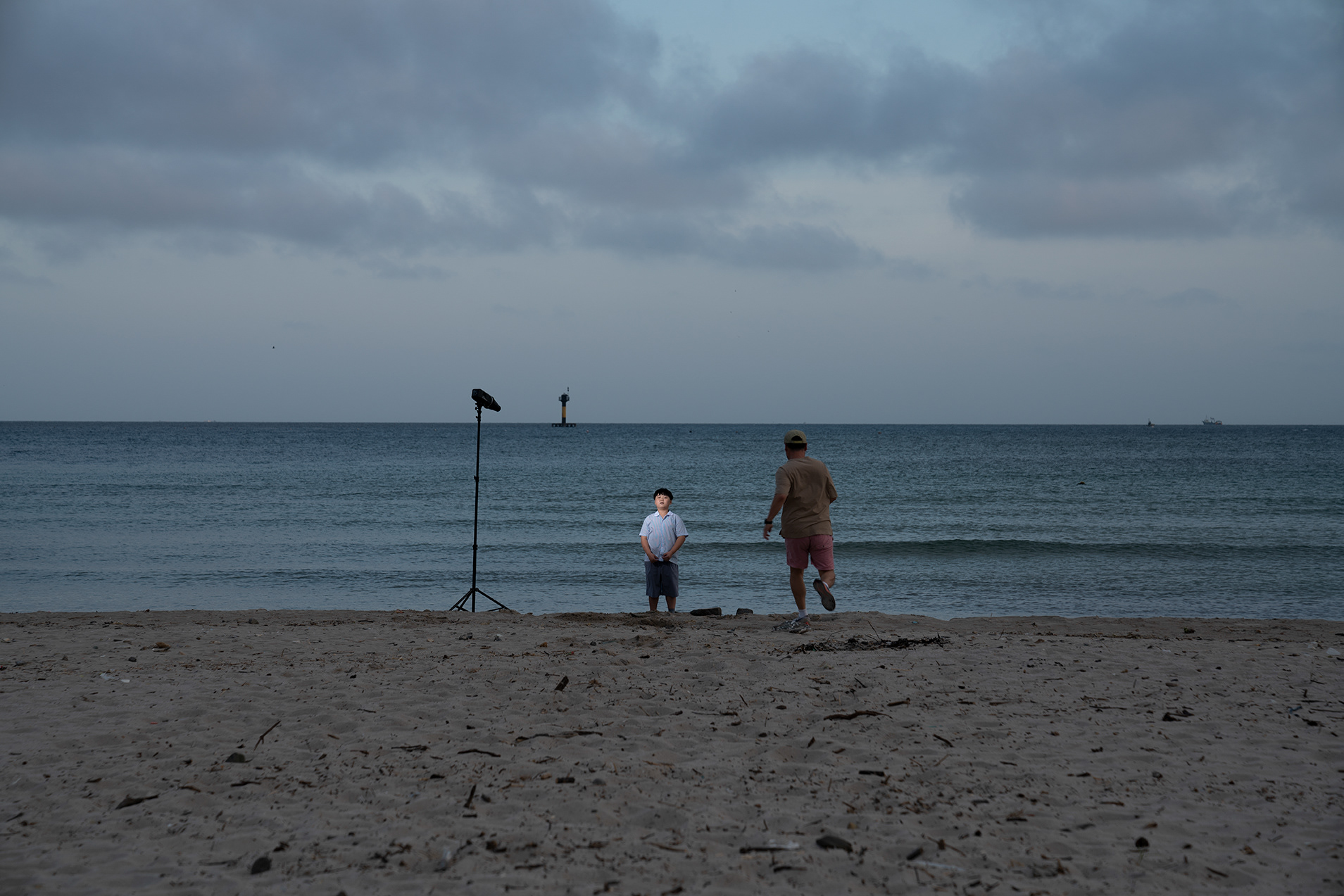
Self timer_I will be gone and he will be stayed_16
Happy boy
Son and father
streching
after greeting to great grandmother
great grandmother's tombstone
the universe
Middle school
Sae-hyun wearing elemlentrary school uniform
Sae-hyun wearing middle school uniform_2024
Farewell
For the artist, the idea of a typical family photograph has become a sort of utopian ideal. He finds himself navigating the unattainable realms of art and his daily life. Consequently, Kim Sae-hyun exists in his work as a subject of emotional attachment that evokes personal feelings, a figure situated within a broader social context that requires interpretation, and a subject reflecting his evolving artistic stance throughout the project.
These various interpretations influence one another, causing unpredictability about the future direction of his work. Without strict planning, he progresses reactively. The ongoing changes in Sae-hyun's growth, the shifting dynamics between Sae-hyun and the artist, and the transformation of the artist's perspective are all pursued within the framework of the project that is not just a single, cohesive narrative or atmosphere. All of those elements suggest that the viewers expand their interpretive possibilities through the interplay of the narratives.
The artist explains his approach by comparing Western and Korean food cultures. In Western fine dining, meticulously crafted dishes are presented in a linear order, emphasizing the chef's (creator's) careful intentions. In contrast, Korean food culture features rice and various side dishes served all at once, allowing diners to freely combine and consume them. Unlike the structured presentation of Western haute cuisine, the simultaneous serving in Korean food culture enables endless combinations based on individual choices.
Similarly, the artist intentionally disrupts the convergence of his portfolio into a singular narrative by allowing different modes of work to conflict. These modes include intimate documentary photography, staged photographs that reconstruct memory or play, and self-referential conceptual photography, in which the artist wants the viewers to discover their own narrative by combining them.
Although his attitude has been evolving naturally as he has become aware of his role as a family member and an artist photographing his family, his attachment and love for his nephew Kim Sae-hyun will remain steadfast over time.